Natural Forest Path
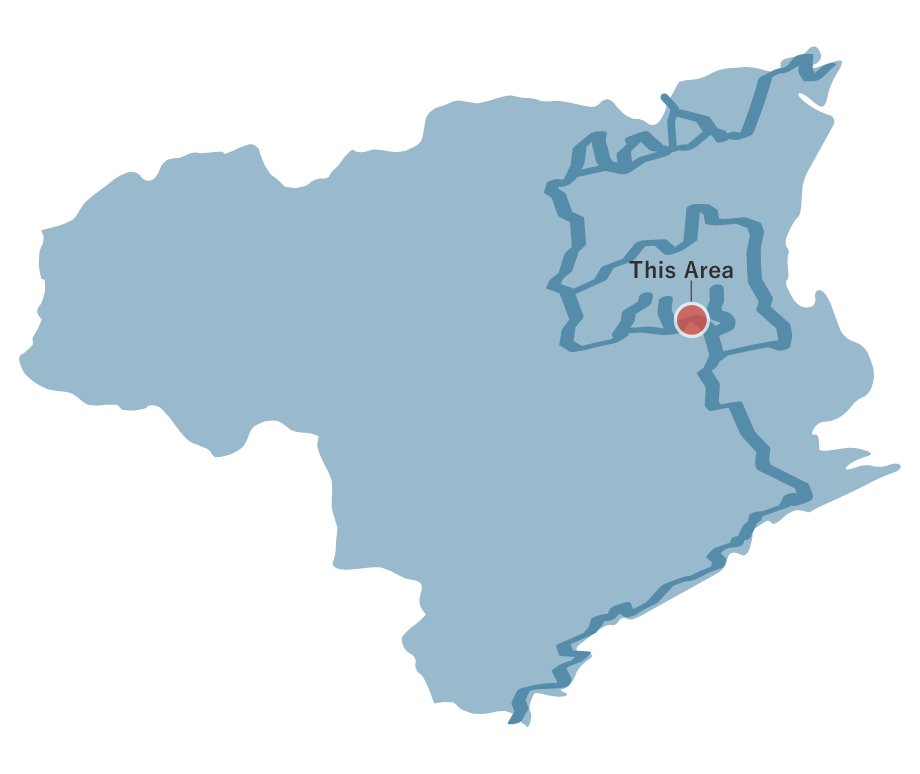
Natural Forest Path
If you go upstream along the clear stream of Sagakyo Gorge, the number of mandarin orange fields will decrease and give way to a forest of cedar and cypress, and soon you reach Tokuenji Temple surrounded by a large group of rhododendrons. After leaving Tokuenji Temple, head toward the ridgeline and you will often hear the voices of wild birds. Eventually, the gentle ridgeline continues from here along Tsuetate Gongengoe. A cluster of azaleas Rhododendron weyrichii and Rhododendron dilatatum will be noticeable in Japanese andromeda, viburnum dilatatum, and lyonia ovalifolia. At the end of the ridgeline, you will reach the Barao Toge Pass. If you go along the forest road, you can see Tokushima City from the groves of cedar and cypress. If you go down from the forest road, you will come to Hata Gotaki, a series of small waterfalls. Eventually, when you get out on the road, you will see a peaceful mountain village landscape with orchards of plums, mandarins, sudachi, and yuzu etc. in the fields of the mountain village. A field stage for rural Kabuki is preserved on a small hill, where you can experience the culture of Hata.
Natural Forest Path(15.8km)

 Spots to photograph
Spots to photograph
If you wish to receive a certificate, please take a photo that includes yourself at the designated photo point for each course.
Nearby sightseeing spots

-
1
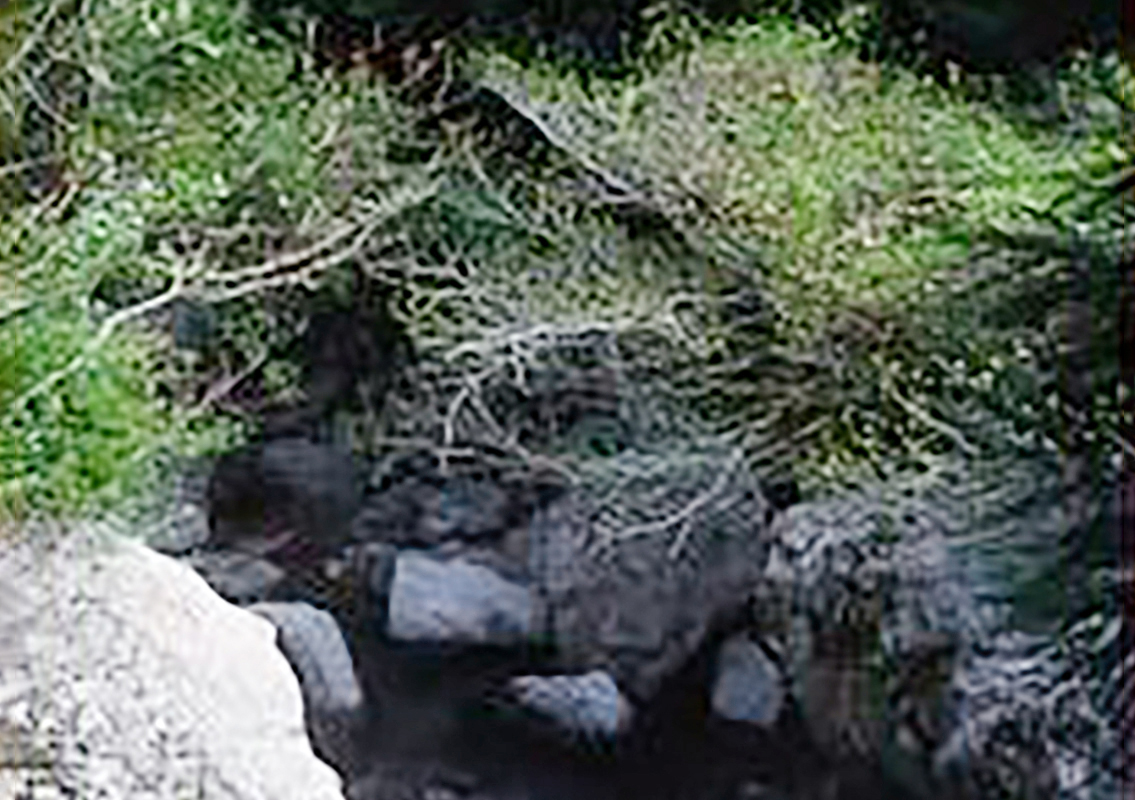 Sagakyo Gorge
Sagakyo GorgeAt this tributary of the Sonose River, the mountain's fresh green of early summer and autumn foliage are even more beautiful than usual. Amego trout, the queen of freshwater fish, have been released into this mountain stream dotted with strange rocks.
-
2
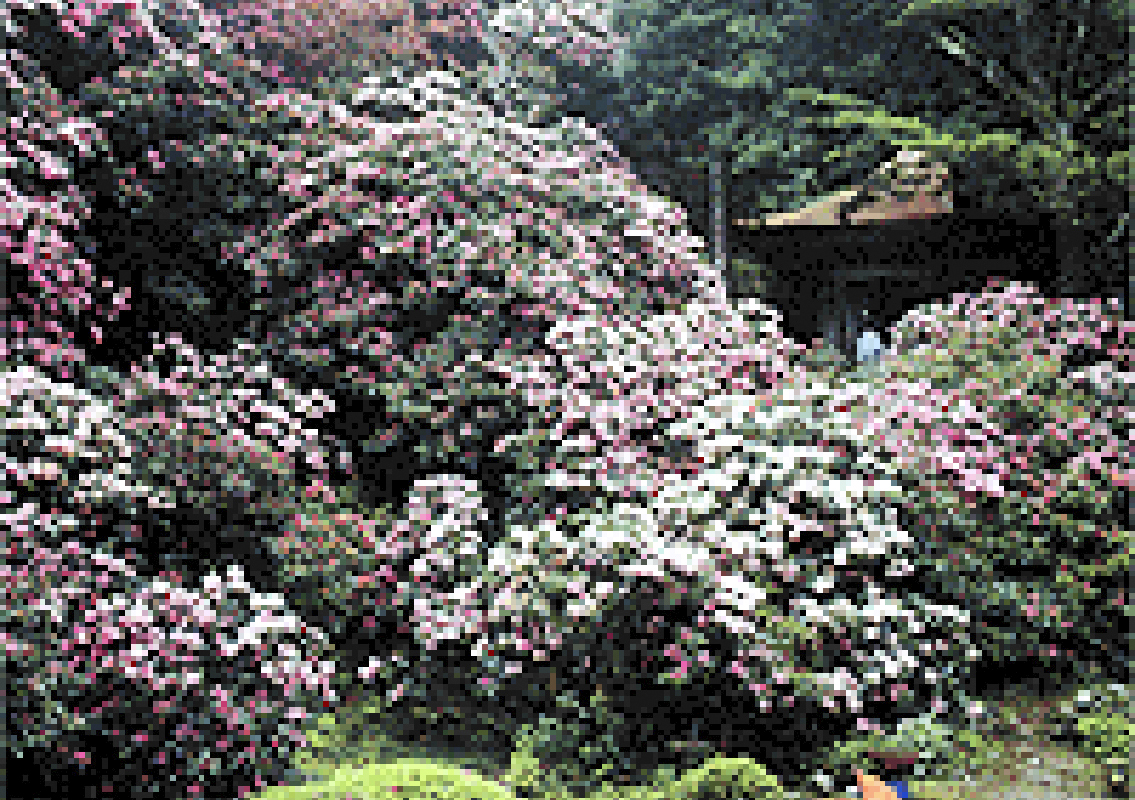 Rhododendron of Tokuenji Temple
Rhododendron of Tokuenji TempleTokuenji Temple was founded in 1824 by Tokuen Shonin, and features magnificent rhododendrons and moss in the garden. Every year around May, hundreds of rhododendrons bloom from the front yard of the temple to the back mountains. The rhododendron is an evergreen shrub of the family Ericaceae that grows on the valley side of the deep mountains. Its flowers are magenta, about 5 cm in diameter, and many flowers are attached to the tips of the branches of the previous year. At this time of year, many hikers and families come to enjoy scenery that resembles landscape paintings.
-
3
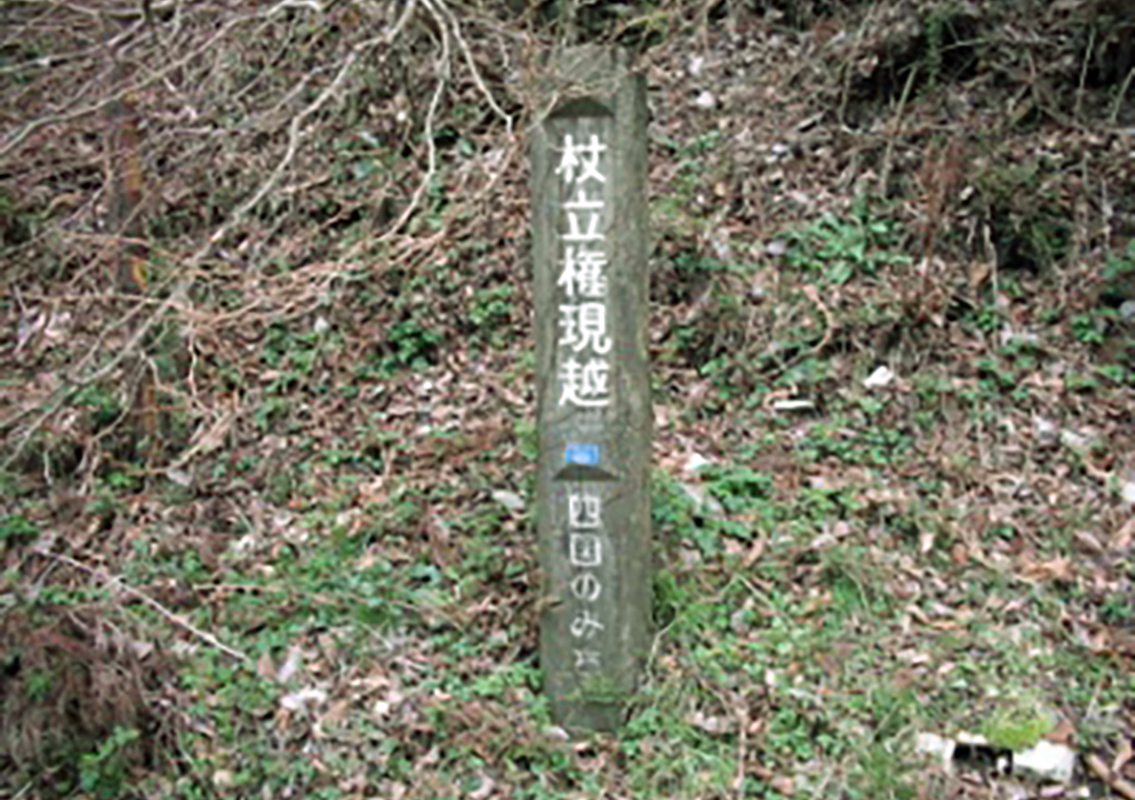 Tsuetate Gongengoe
Tsuetate GongengoeIt has long been a steep mountain road, and the pass is dedicated to Tsuetate Gongen. Even now, people who climb the pass have the practice of raising a cane and offering it to God.
-
4
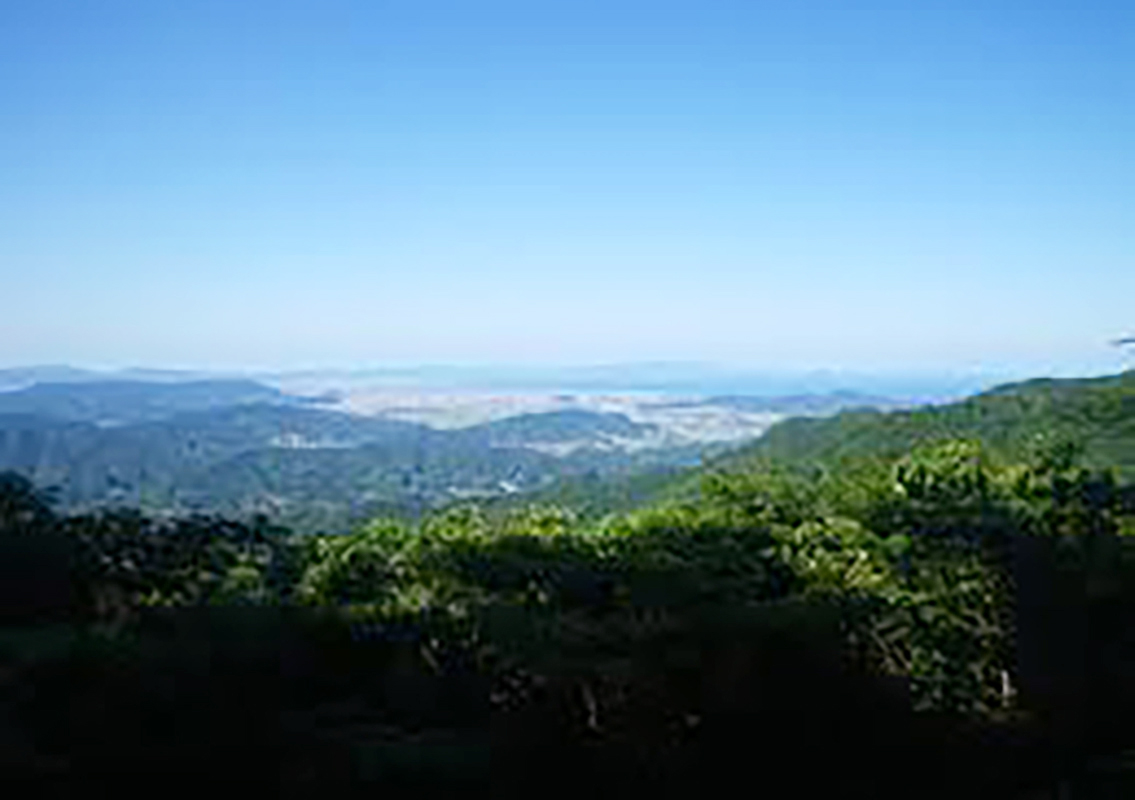 Barao Toge Pass
Barao Toge PassIt is the highest mountain pass in Tokushima City, about 500 m above sea level, and is a favorite among locals. It’s enjoyable throughout the four seasons, but autumn pampas grass offers the most wonderful view. From here, many mountain trails lead to Mt. Nakatsumine, Tsuetate Gongengoe, and Gotaki, drawing in many hikers. In addition, a rest area made of artificial wood has been set up near the pass. How about taking a break?
-
5
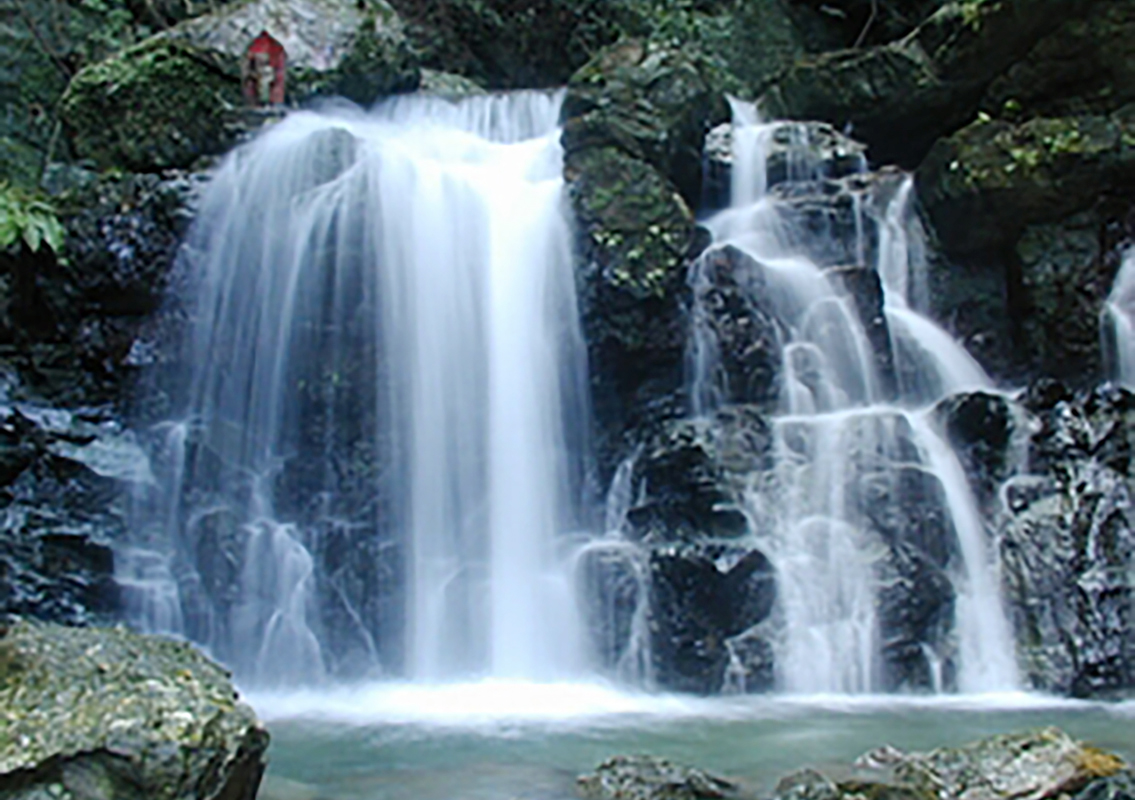 Hatagotaki
HatagotakiThe series of five waterfalls from the lower reaches are Megamo no Taki, Ogamo no Taki, Goraiko no Taki, Goraigo no Taki, Nunobiki no Taki, Zou no Taki, and Kura no Taki. The most magnificent waterfalls are Zou no Taki (Elephant Waterfall) and Kura no Taki (Warehouse Waterfall). As the names suggest, the waterfalls are varied and beautiful. Downstream of the waterfalls is the Tatami Rock Gorge, which boasts the beauty of a valley with clear streams flowing over exposed crystalline schist.
-
6
 Inukai Rural Stage
Inukai Rural StageLocated in the precincts of the Goou Shrine in Hata town, it was built in 1873 and is designated as a tangible folk cultural property by the prefecture. Every year on November 3, a puppet show is performed on the festival day of Goou Shrine, making the area even more crowded with visitors from nearby areas and other prefectures.



